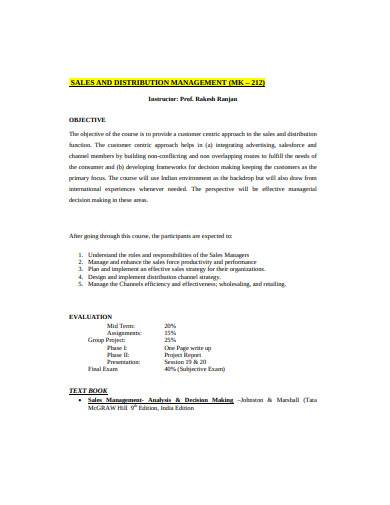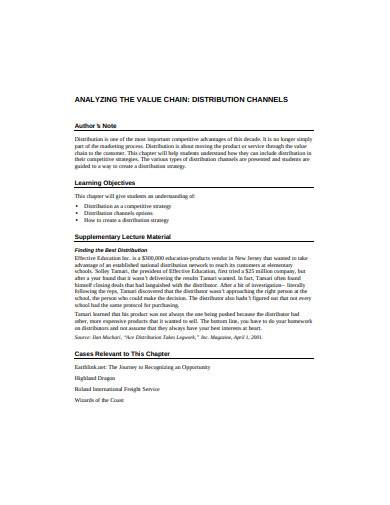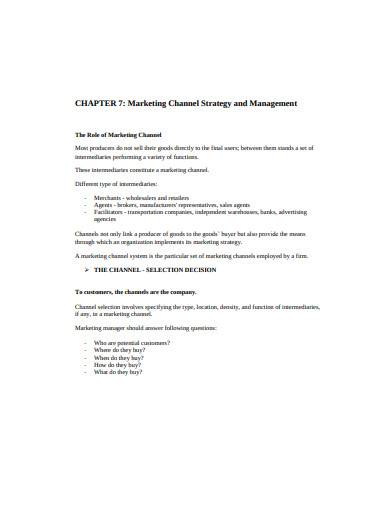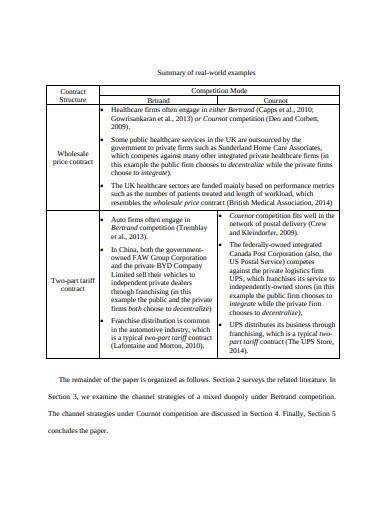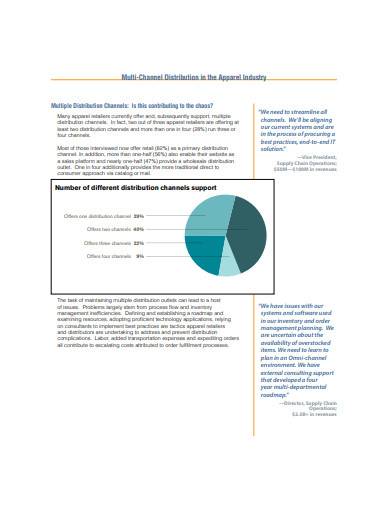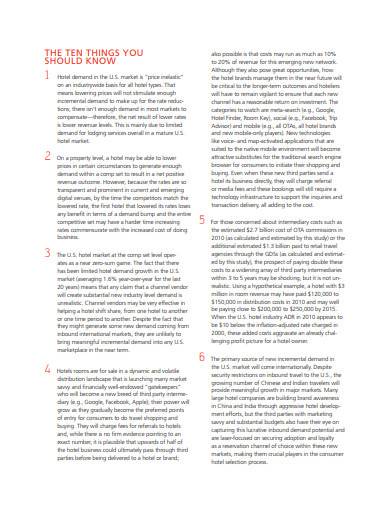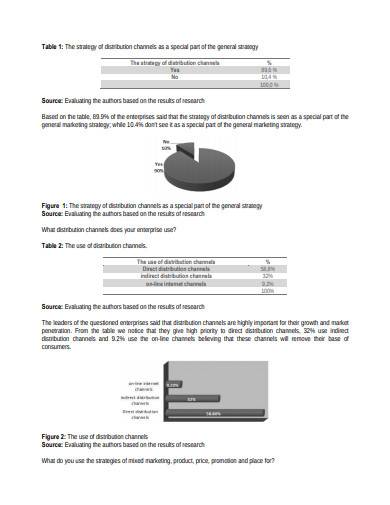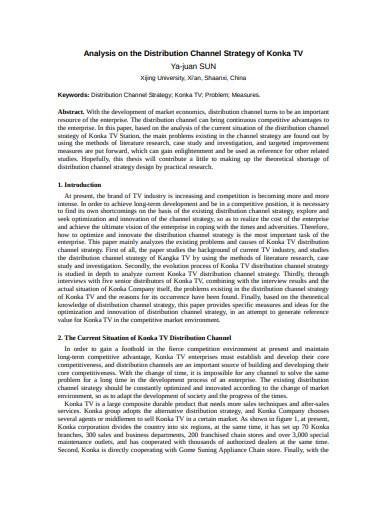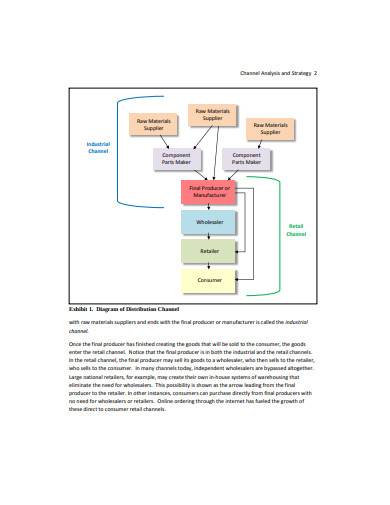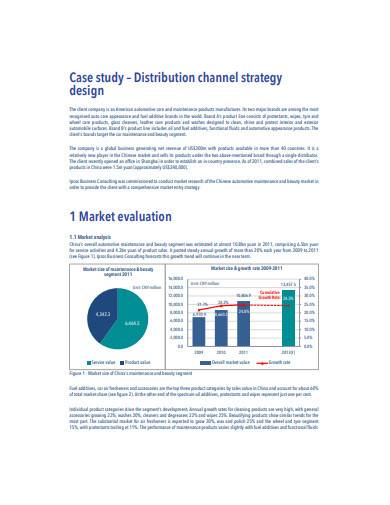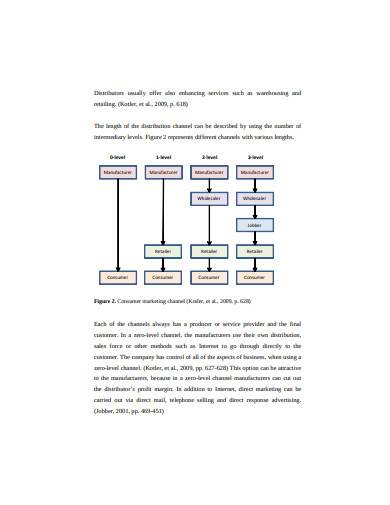These days, the only way to avoid competition in selling high demand products is through monopoly. Though many countries practice this business method, more often than not, most industries have their various players. This occurrence allows thinkers to come up and test different strategies to market their products by conducting market research. Many business people figured that their products sell more through multi-level marketing(MLM). Surprisingly, more than 18 million Americans take part in this type of marketing. However, you must know that market research is just a step in planning the product distribution channel strategy, which aims at delivering your product to the consumers.
What is a Distribution Channel Strategy?
Simply put, the distribution channel strategy shows an overview of how you will distribute your products to the customers. Depending on the number of mediators, you can make a simple layout or a complex one. Using multiple distribution channels may give you a chance to earn more.
What are the Major Distribution Channels?
There are various distribution channels that you can use for your business strategy. Each has its distinct characteristics.
1. Intensive Distribution
This type of distribution channel uses several go-betweens. Red Bull GmbH and Coca Cola are examples of companies that use intensive distribution. As you can see, Coca Cola’s products are almost everywhere, such as restaurants, hotels, cafeteria, and retailers. Consumer packaged goods (CPG) is a common product that companies use intensive distribution channel in the distribution process.
2. Selective Distribution
Selective distribution only involves a few intermediaries. Many small businesses use this type of distribution channel since it may help lessen their marketing expenses.
3. Exclusive Distribution
This type of distribution channel may give you complete control of distributing your products. Additionally, an exclusive distribution may give you the edge over your opponents because it may also compel the exclusive distributor of your product. As a manufacturer, you may sign a distribution agreement with the agent to sell only your product. A few examples of this distribution channel are Rolex and Mercedes.
Distribution Channel Strategy Samples in PDF | DOC
Take a look at the following samples to know more about the distribution channel strategy. You can download these zipped documents in PDF and MS Word format.
1. Sales and Distribution Channel Strategy Sample
2. Distribution Channel Strategy Template
3. Distribution Marketing Channel Strategy Template
4. Distribution Channel Strategy Example
5. Multi-Channel Distribution Channel Strategy Sample
6. Sample Distribution Channel Strategy in PDF
7. The Strategies of Distribution Channel Sample
8. Analysis on Distribution Channel Strategy Template
9. Distribution Marketing Channel Strategy Example
10. Distribution Channel Strategy Design Template
11. Basic Distribution Channel Strategy Sample
How to Increase Your Sales by Using Distribution Channel Strategy?
Ensure that you are doing the process of planning your distribution strategy correctly by following the steps below.
1. Know Your Customers
The first thing that you need to do before anything else is to gather more information about your potential customers. To do it, you have to conduct market research or target market analysis. Through this analysis, you’ll understand who your customers are and what they need. You will know if your customers prefer buying your products through digital means or physical stores. Additionally, you will determine if you will need to engage with business-to-business(b2b) distribution and know the needs of your distribution partners.
2. Determine Your Potential Marketing Mediators
Assuming that you have understood your customers’ needs, the next thing that you will do is to look for potential distributors. Keep it in mind that there are only two ways to sell your products, which are direct and indirect selling. Through the immediate sale, you can sell your products directly to the end-user. On the other hand, you will use marketing intermediaries with indirect selling. Marketing intermediaries can be wholesalers, retailers, agents, etc.
3. Dig Deeper About Your Potential Marketing Mediators
You don’t want to create a partnership with just anyone. Therefore, you have to research the list of potential marketing intermediaries that you have gathered. You can also reach out to them and talk about the possible business partnership agreement that you can have. You can gather information about their management and performance status to determine if particular companies are suitable to sell your products.
4. Choose the Appropriate Distribution Channel
In this stage, based on the information that you have collected during the previous steps, you will do brainstorming to determine the best distribution channel that will fit your business. Intensive distribution, exclusive distribution, and selective distribution are the major distribution channels that you can choose from for your product distribution.
Experience is the best teacher. However, in the world of business, it is crucial to understand each step you take to lessen the chance of failure and increase the possibility of success. Know more about how you will deliver your products to your customers by creating a distribution channel strategy.
Related Posts
FREE 6+ School Advertisement Poster Samples in PSD | AI | Pages | EPS
FREE 6+ Medical / Health Invoice Samples in Google Docs | Google Sheets | MS Excel | MS Word | Numbers | Pages | PDF
FREE 10+ Meeting Appointment Letter Samples in MS Word | Pages | Google Docs | MS Outlook | PDF
FREE 13+ Personal Care Plan Samples in MS Word | Google Docs | Pages | PDF
FREE 4+ Event Sponsorship Proposal Samples in MS Word | Pages | Google Docs | MS Outlook | PDF
FREE 15+ Business Activity Report Samples in MS Word | Google Docs | Pages | PDF | MS Excel | Numbers
FREE 10+ Wellness Recovery Action Plan Samples in MS Word | Pages | Google Docs | PDF
FREE 3+ Construction Equipment Lease Proposal Samples in PDF | MS Word | Apple Pages | Google Docs
FREE 7+ Property Purchase Contract Samples in PDF | MS Word | Google Docs
FREE 3+ Agile User Story Samples in PDF
Deed of Assignment
Contract Termination Letter
Witness Letter
Community Petition
Research Interest Statement
